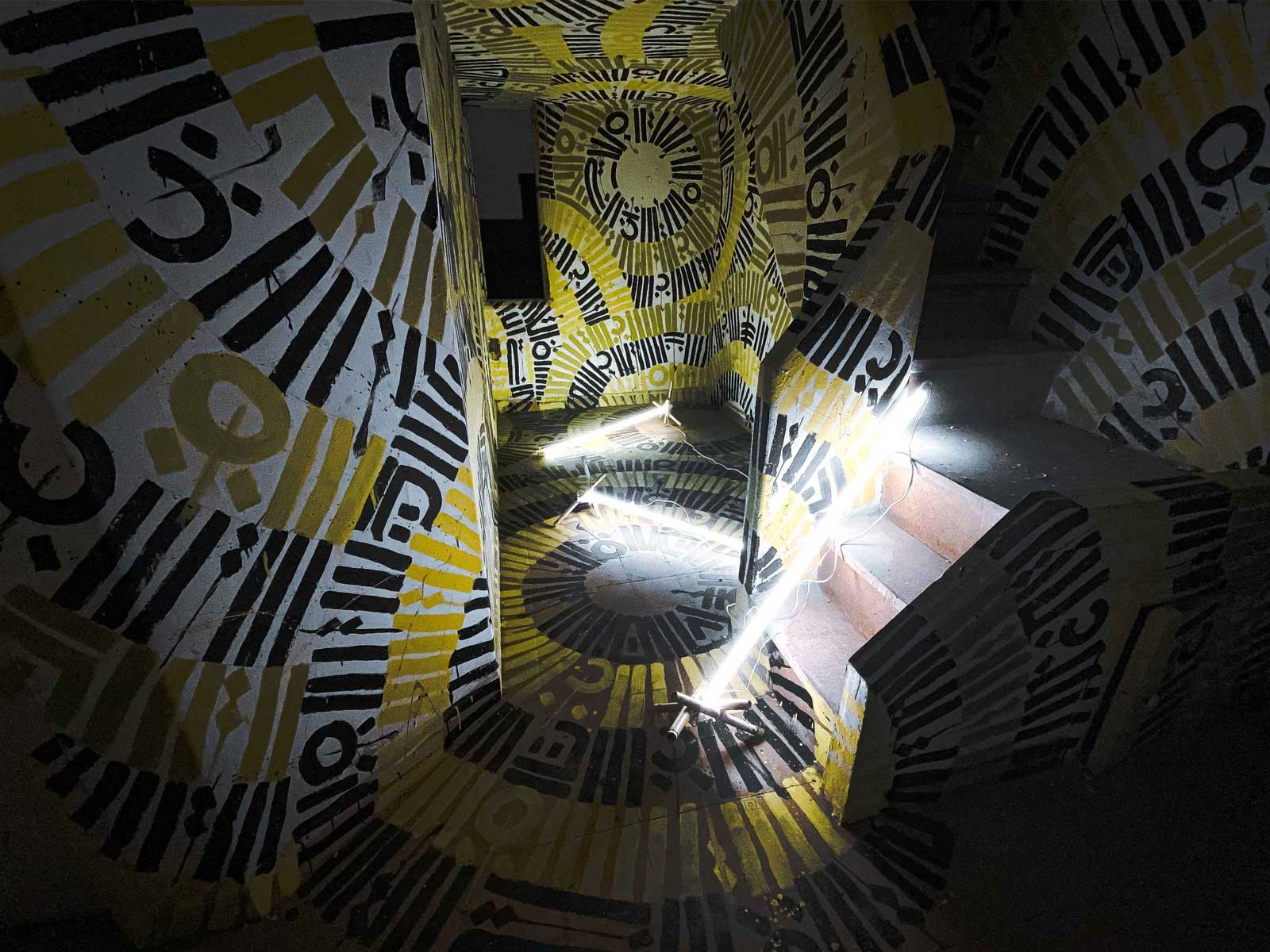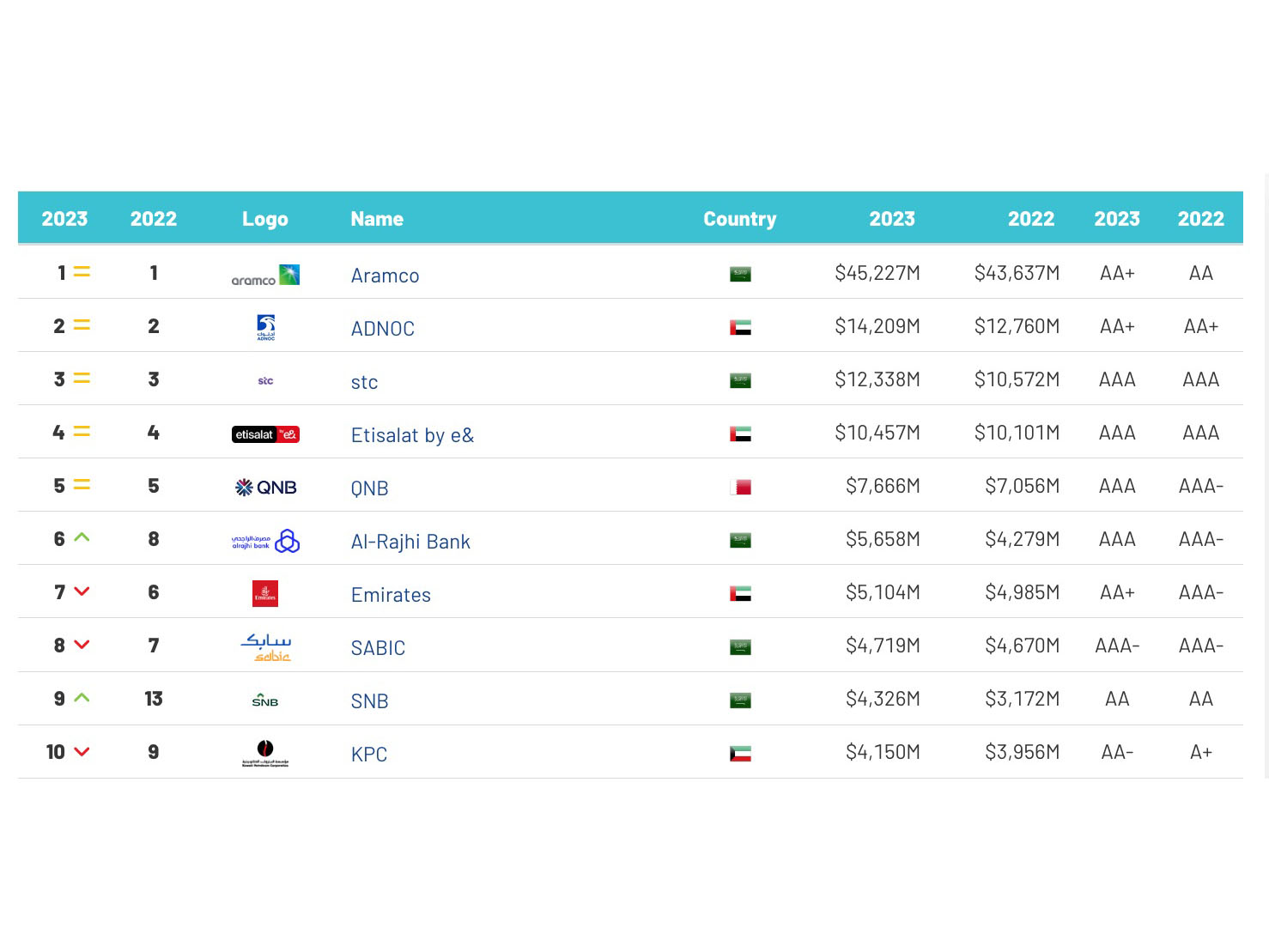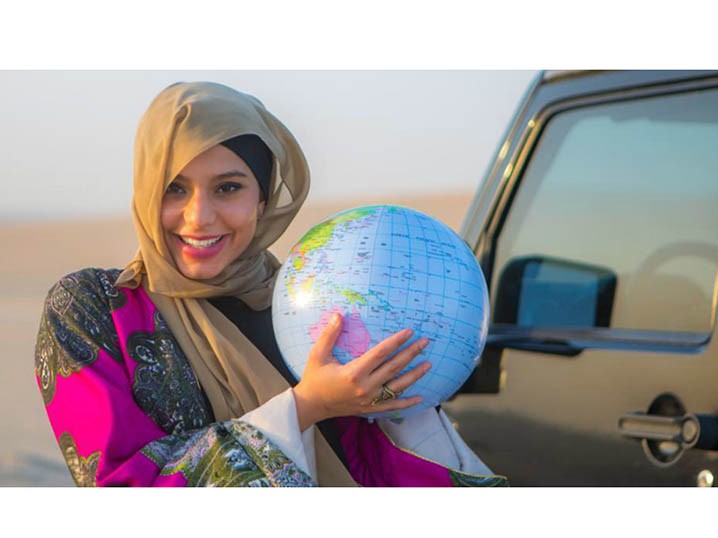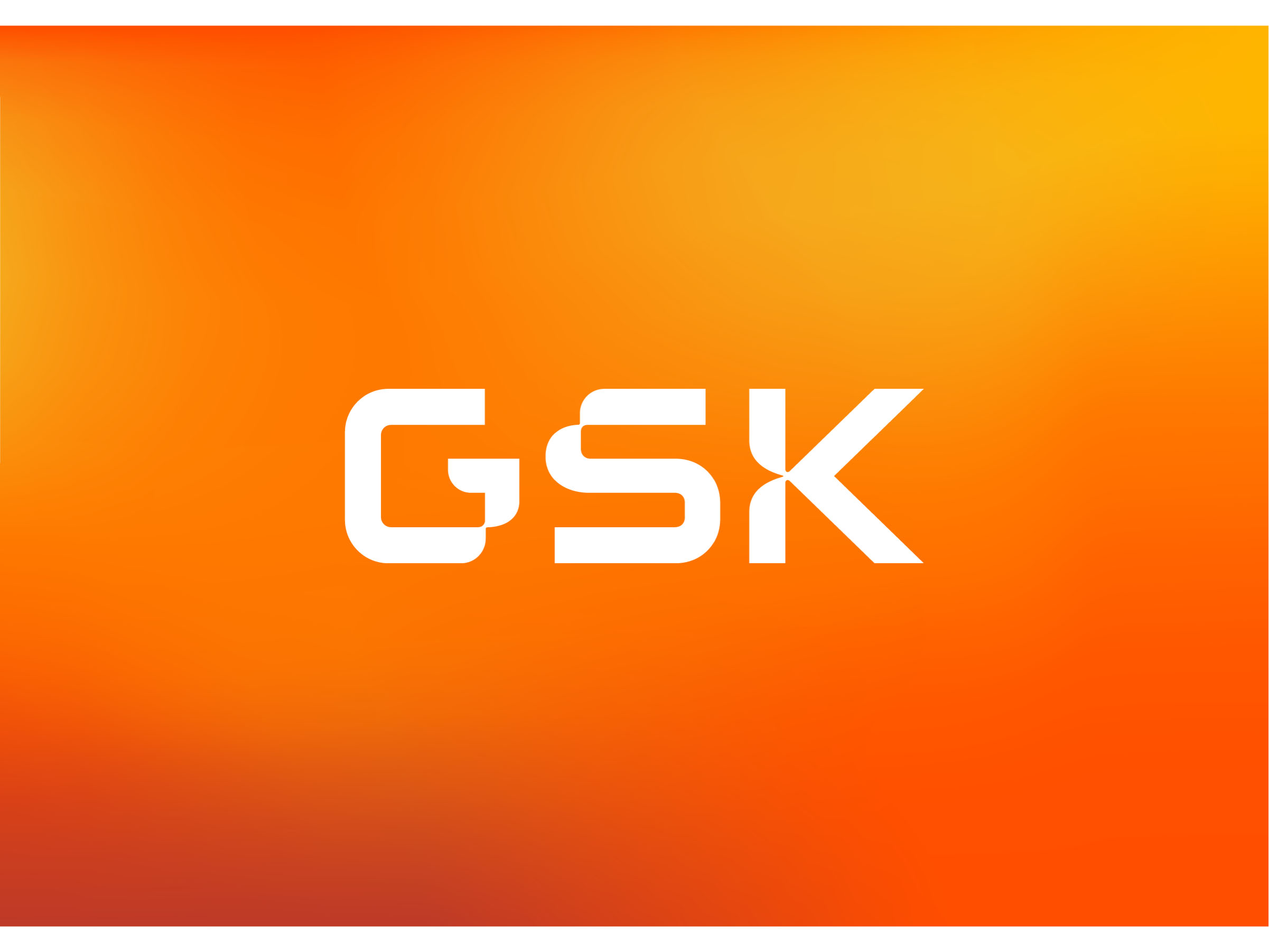Art & Design
Tarek Atrissi's Type World
by Iain Akerman
June 17, 2025
.jpg) Advertisement
AdvertisementRenowned for his typography and a cross-cultural approach to design, Tarek Atrissi is one of the most recognised Lebanese designers. ArabAd caught up with him.
Last August, Tarek Atrissi began preparing to teach a semester at AUB. A graduate of the university’s graphic design department, he was keen to give back to an institution that was among the first in the region to teach graphic design at university level.
Then, on 1 October, Israel invaded South Lebanon, leading to full-scale war and the suspension of in-person classes. Many of his students were displaced and all had to endure daily bombardment. “We experienced everything in one semester,” says Atrissi, who was among the first to graduate from AUB’s graphic design department back in 2000.
“I think what impressed me the most was the resilience of the students. We were in the middle of the war and to me it was absurd. A student would email me to say their house had been bombed, but ‘here’s my file, I just finished it, but it’s not as complete as I wanted’. The students would show up on a regular basis despite the absurdity – that resilience really struck me.”
Before the outbreak of war, Atrissi had found the time to reconnect with Beirut, where he grew up and his parents still live. He would walk the city’s streets, capturing the typographic landscape and Beirut’s unique visual language. During these walks, he would focus on how typography is expressed, whether in hand-lettering, classic Arabic calligraphy, or type. He would observe how the script expressed itself, but also its textures and colours.
“At AUB, we were strongly encouraged to develop our own graphic language,” he says. “Since graphic design was still emerging in the region, our only references were Western graphic designs and design books from the West. So, we were encouraged to think about how we could create a unique graphic design language, and this came through typography and drawing inspiration from the street.”
One of the first typefaces he created was inspired by Ruqʿah, a popular calligraphic style known for its short, straight lines and simple curves. He documented its use by market sellers and sign painters, before transforming it into a more elegant typeface suitable for use in a gallery or museum. This work foreshadowed his professional career, which would see him establish his own design studio, Tarek Atrissi Design, and significantly influence the region’s contemporary graphic design landscape.
Initially based in Amsterdam, the studio now has offices in Barcelona and the Netherlands, although Atrissi divides his time between Europe, South America, and the Arab world.
“It was clear to me that I wanted to set up my design studio because in the Arab world at the time, advertising agencies were dominating the creative industry,” says Atrissi, who has an MFA in design entrepreneurship from the School of Visual Arts in New York.
“If I wanted to be employed, my only option was to work in advertising, which I was against because advertising was something different. There was no culture of setting up small design studios. Now things have changed – and I believe we all played a role in this. But it has been a very challenging journey – setting up a small studio, being very clear that I didn’t want to be a big agency, keeping it to a maximum of four or five people, doing very specific work, having a particular design style, and focusing on typography.”
“If I wanted to be employed,my only option was to work in advertising, which I was against because advertising was something different. There was no culture of setting up small design studios. Now things have changed!"
For the past quarter of a century, Atrissi has worked with some of the biggest brands in the world – although his focus on Arabic typography has meant a particular emphasis on the region. One of the studio’s earliest projects, for example, was branding the nation of Qatar, which Atrissi set about with youthful abandon. “I think I was 24 or 25 at the time, but it was a project that needed the naivety of a 24-year-old,” he recalls. “I mean, I went to them with only one proposal. Here it is, take it or leave it. If you don’t want this, I’m not interested, which is something I don’t think I would do now. Now I would be much more diplomatic.”
Early in his career, Atrissi and his studio began designing and programming numerous typefaces. Back then, his computer had just 10 Arabic fonts, none of which were very good. Realising that designers should not be limited to the same typefaces for every project, he and his team began creating their own. Over time, they mastered font creation and programming, designing numerous fonts for major clients such as Apple and Saudia. Today, the studio’s fonts are everywhere in the Arab world, with its design work seamlessly integrated into the streets that once inspired Atrissi.
Creating visual identities in the Arab world became his thing, although he realised that working with Arabic meant also developing matching English fonts that preserved the unique characteristics of both scripts. He aimed to avoid the common pitfall of constructing one language’s script from the other, while working with the likes of UNESCO meant developing fonts for multiple languages, including Russian and Chinese.
However, Arabic typography and branding remain his primary focus. His studio designed the identity for the first Islamic Arts Biennale in Jeddah, with Saudi Arabia investing heavily in art and culture. Such investment has reflected positively on design and creativity. “It’s very interesting, because almost every client that comes to us with a branding project says, ‘I want my project to be very Arabic’, but everybody defines Arabic in a completely different way. So it’s always this challenge to understand how they envision Arab identity.”
Projects such as the Islamic Arts Biennale, which launched in 2023, also come with a considerable amount of responsibility. “It’s such a difficult event to visualise. What is Islamic art? What makes art Islamic? How do you position such an event? Even though it was an Islamic art event, the curators took a very contemporary approach in both their thinking and their selection of works. This pushed us to think critically and what impressed me was how open they were. Traditionally, in a region where design is still relatively new, you are always in a fight to convince, to educate, to say what’s good, and to do what you believe is best. They were very open to our ideas, to letting me as a designer explore what I wanted to explore – and that openness was naturally reflected in the final work.”
"AI will replace every designer not using AI.
It’s about who has the knowledge.
That said, what the tool can give us is completely new territory."
Now, of course, the world of design is being transformed by technology. For the Saudi Design Festival, the studio explored variable typography, which allows multiple variations of a typeface – such as weight, width, height, and spacing – to be contained within a single font file. Atrissi is also exploring artificial intelligence. “I’ve really tried to understand it and work with it to see what’s at stake and the risks for us,” he says. “More than risks, I discovered the opportunities, because I started doing old projects again using artificial intelligence to see the difference in the process – in the outcome.
“It’s a game changer, but I quickly realised we are safe because tools always come and go. It changes the way we work and the possibilities – it makes things faster – but it doesn’t innovate. You have to know how to talk as a designer – to art direct this tool. So AI won’t replace us, but a designer using AI will replace every designer not using AI. It’s about who has the knowledge. That said, what the tool can give us is completely new territory – in terms of image creation, in terms of helping to brainstorm, in terms of expressing ideas. And this is where we’re exploring what can happen in relation to design and eventually typography.”














.jpg)







